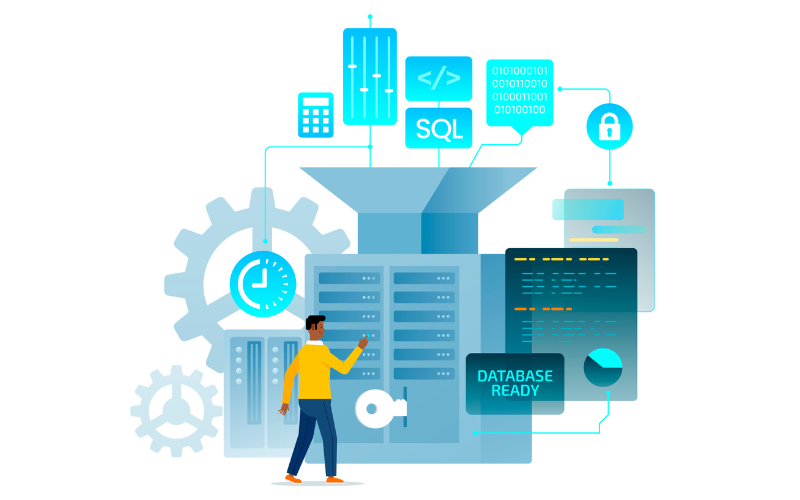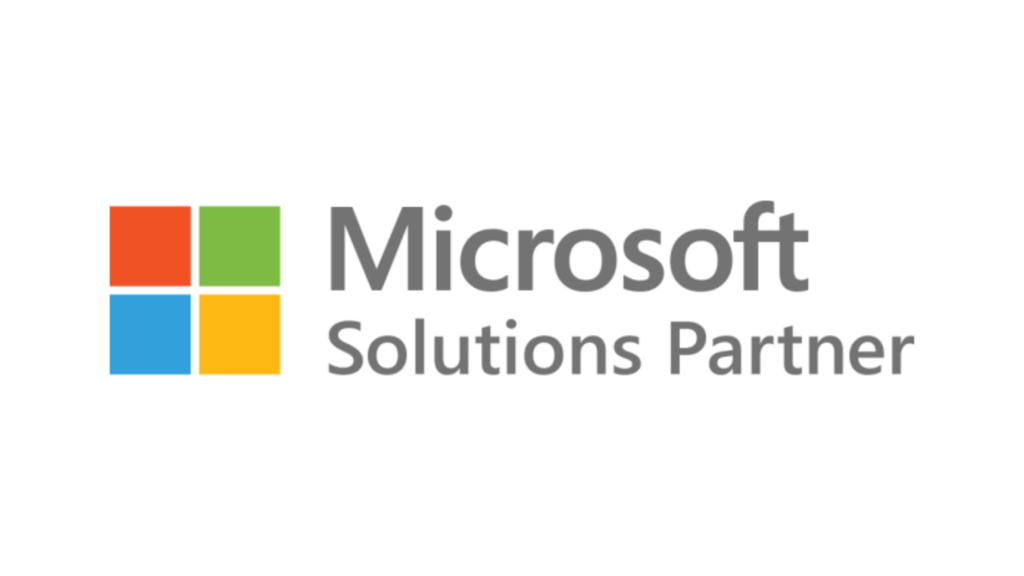Infrastructure Monitoring
- Home
- Infrastructure Monitoring
Maintain Peak Performance with Expert Infrastructure Monitoring
NGCloudSecurity’s Infrastructure Monitoring services offer continuous oversight of your IT infrastructure, including servers, networks, and applications. Our solution provides real-time visibility into the health and performance of your systems, with proactive alerts for potential issues and detailed analytics to optimize operations. By leveraging our monitoring services, you can prevent downtime, improve system reliability, and ensure that your infrastructure supports your business goals effectively.

Services Provided by NGCloudSecurity for Infrastructure Monitoring
Assessment Planning and Scoping
Initial Consultation: Engage with stakeholders to understand the scope, objectives, and specific requirements for infrastructure monitoring. Scope Definition: Define the scope of the monitoring services, including the types of infrastructure (e.g., servers, networks, applications) to be monitored.
Infrastructure Monitoring Setup
Tool Selection and Configuration: Choose and configure appropriate monitoring tools and platforms to meet the organization’s needs (e.g., Nagios, Prometheus, Grafana). Baseline Configuration: Establish baseline configurations for performance metrics, thresholds, and alerts based on organizational requirements and industry best practices.
Real-Time Monitoring
Performance Monitoring: Continuously monitor the performance of infrastructure components, including CPU usage, memory usage, disk I/O, and network bandwidth. Availability Monitoring: Track the availability and uptime of critical infrastructure components, including servers, services, and network devices.
Alerting and Notification
Alert Configuration: Set up alerts and notifications for performance issues, system errors, and potential failures based on predefined thresholds and conditions. Incident Notification: Implement incident notification procedures to ensure timely communication of issues to relevant stakeholders.
Log Management and Analysis
Log Collection: Collect and aggregate logs from various infrastructure components, including servers, applications, and network devices. Log Analysis: Analyze logs to identify patterns, detect anomalies, and troubleshoot issues affecting infrastructure performance and stability.
Capacity Planning
Resource Utilization Analysis: Analyze resource utilization trends to forecast future capacity needs and ensure that infrastructure can handle anticipated growth. Scaling Recommendations: Provide recommendations for scaling infrastructure components (e.g., adding servers, increasing storage) based on utilization trends and growth projections.
Health and Performance Metrics
Metric Collection: Gather and monitor key health and performance metrics for infrastructure components, including server health, application response times, and network latency. Performance Reporting: Generate performance reports to provide insights into infrastructure health and performance over time.
Incident Response and Troubleshooting
Incident Response Procedures: Develop and implement procedures for responding to and resolving infrastructure incidents detected through monitoring. Troubleshooting Support: Provide support for troubleshooting and resolving performance and availability issues identified through monitoring.
Security Monitoring
Security Event Detection: Monitor for security-related events and anomalies, including unauthorized access attempts, malware activity, and network intrusions. Security Incident Response: Coordinate with security teams to address and mitigate security incidents identified through monitoring.
Compliance and Reporting
Compliance Monitoring: Ensure that monitoring practices comply with relevant regulatory requirements and industry standards (e.g., GDPR, HIPAA). Reporting: Provide regular reports on infrastructure performance, availability, and incidents to stakeholders and management.
Optimization Recommendations
Performance Tuning: Recommend optimizations to improve the performance and efficiency of infrastructure components based on monitoring data. Cost Optimization: Identify opportunities to reduce infrastructure costs through better resource utilization and management.
Follow-up and Support
Follow-up Reviews: Conduct follow-up reviews to assess the effectiveness of monitoring practices and make adjustments as needed. Ongoing Support: Offer ongoing support and guidance to ensure that monitoring practices continue to meet organizational needs and adapt to changes in the infrastructure.
Benefits of Infrastructure Monitoring
Real-Time Monitoring
Receive continuous visibility into your infrastructure’s health and performance. operations with integrated management solutions.
Proactive Alerts
Get notified of potential issues before they impact operations.
Performance Optimization
Identify and resolve performance bottlenecks to enhance system efficiency.
Increased Reliability
Maintain high levels of system reliability and reduce the risk of downtime.
Comprehensive Analytics
Utilize detailed analytics to make informed decisions and improve infrastructure management.
Partner with Us for Comprehensive IT
We’re happy to answer any questions you may have and help you determine which of our services best fit your needs.
- Results-driven
- Problem-solving
- Transparent
- Client-oriented
- Independent
- Competent








